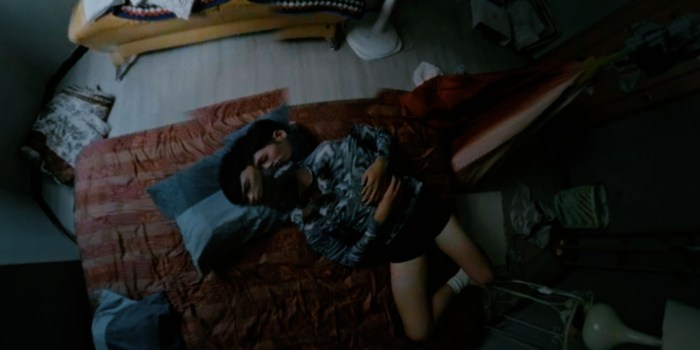Rats!
Brooklyn remains infested by more beady-eyed rodents than any other borough in the city — a dubious distinction the borough’s held for the second year running, according to a newly released study.
Brooklynites logged more than 6,500 rat complaints to the city’s 311 complaint hotline in 2018, dwarfing runner-up Manhattan’s 4,300 complaints, according to the report by the apartment listing website, RentHop.
Prospect Heights remains the worst neighborhood for rat sightings anywhere in the city, with a yearly average of 530 calls per square mile. Residents in several north Brooklyn neighborhoods — including Bedford-Stuyvesant, Crown Heights, Clinton Hill, and Bushwick — also topped the charts for rodent complaints with hundreds of reports.
Southern Brooklyn has proven less popular among Kings County cheese eaters compared to northern Brooklyn neighborhoods, although complaints in Bay Ridge doubled from 2017 to 2018, the study revealed.
And for every rodent you see, there are thousands you don’t, according to RentHop, which claimed the high number of rodent sightings in New York City point to the existence of an unseen vermin kingdom.
“An estimate of about 250,000 to millions of rats lived in the city in 2017,” the report said. “To put these numbers into perspective, New York City’s rats are equal to approximately 20 percent of the human population.”
Kings County’s rat population did diminish between 2017 and 2018, with residents reporting less rat sightings year-over-year. In Prospect Heights, locals made half as many 311 complaints compared to 2017, and many southern Brooklyn neighborhoods boasted fewer than 100 sightings, with only 12 complaints filed in Gravesend last year, and 30 filed in Midwood.
Mayor Bill de Blasio’s $32 million assault on rats in 2017, which implemented rat-proof garbage cans and filled rat burrows with dry ice, may account for last year’s dwindling rodent stats.
But 2019 has already seen a spike in the number of rat sightings, the New York Times reported in May. Gentrification, tourism, and milder winters have helped bolster the rat population, the article claimed.
While 311 complaints are a useful way to gauge the rat problem, they are not a foolproof way to measure the rodent population.
According to a 2016 study of 311 calls in New York City, neighborhoods with high numbers of renters, buildings with more than 10 units, and unmarried heads of household tend to call the hotline less frequently, Governing Magazine reported.















